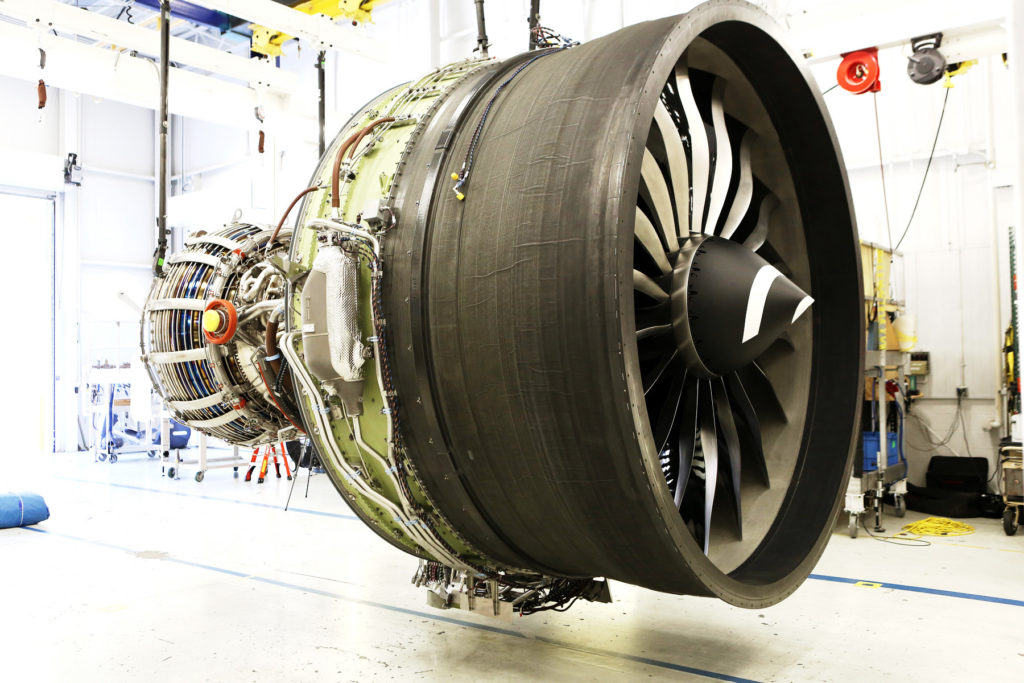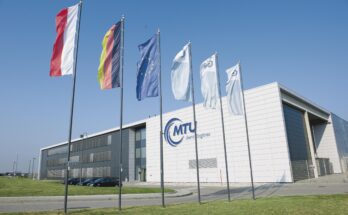
GE Aerospace reported a robust start to 2025, exceeding Wall Street expectations in its first-quarter earnings release. The aviation giant posted adjusted earnings per share of $1.49, significantly surpassing analysts’ estimates of $1.27. Revenue also soared to $9.9 billion, an 11% increase year-over-year, and above the anticipated $9.0 billion.
This strong performance was primarily fueled by a resurgent commercial aviation sector, particularly in services, and strategic cost management initiatives. The company highlighted a 12% surge in total orders, reaching $12.3 billion, indicating sustained demand across its business segments. Commercial Engines & Services (CES) stood out with a 14% revenue increase, driven by a 17% jump in services revenue as air travel continues its recovery. The Defense & Propulsion Technologies (DPT) segment also saw modest growth, with a 1% rise in revenue and a strong book-to-bill ratio of 1.4x, signaling healthy future activity.
Despite facing ongoing supply chain constraints impacting the broader manufacturing landscape, GE Aerospace has implemented proactive measures under its “FLIGHT DECK” program to mitigate disruptions and accelerate deliveries. These efforts, combined with strategic pricing actions, have helped the company navigate the complex macroeconomic environment, including the impact of tariffs. Notably, GE Aerospace is investing nearly $1 billion in U.S. manufacturing and technology in 2025, a move expected to bolster production capabilities and create approximately 5,000 domestic jobs.
Looking ahead, GE Aerospace has reaffirmed its full-year 2025 guidance, projecting low double-digit adjusted revenue growth and an adjusted EPS range of $5.10 to $5.45. The company anticipates operating profit between $7.8 billion and $8.2 billion and free cash flow in the range of $6.3 billion to $6.8 billion. This outlook reflects management’s confidence in the continued strength of commercial services, a substantial backlog exceeding $140 billion, and the positive impact of its strategic investments and operational improvements.



